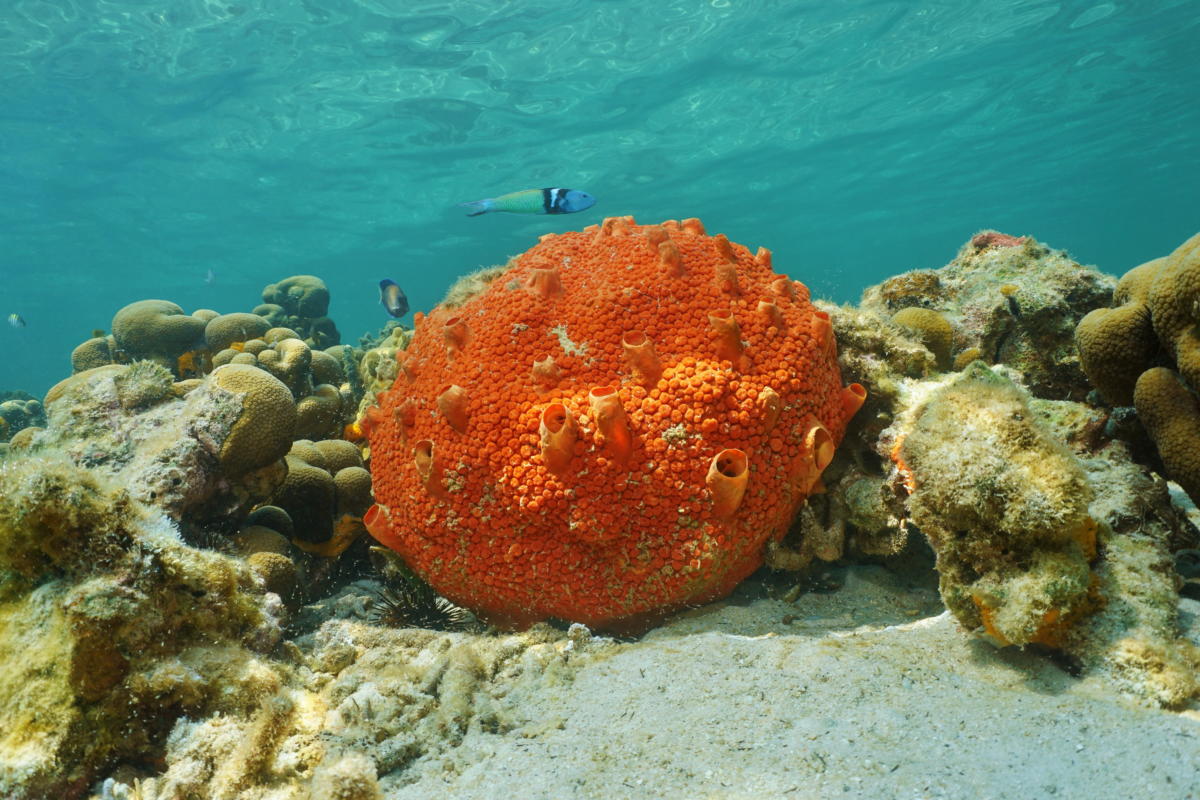New microbes found in a cucumber root, a sea sponge and in human faeces
Posted on February 12, 2019 by Laura Cox
Each month, the Microbiology Society publishes the International Journal of Systematic and Evolutionary Microbiology (IJSEM), which details newly discovered species of bacteria, fungi and protists. Here are some of the new species that have been discovered and the places they’ve been found.

Ellesmere Island, where V. ellesmerensis
and M. hoshiononis were uncovered
by a melting glacier
Two new species of yeast have been discovered in Canada. The yeasts were uncovered by a melting glacier, which has been retreating at a rate 2.5 times faster than previously recorded. The yeasts were discovered as a result of a Japan–Canada collaboration, and are able to grow in temperatures below 0 °C. One of the new species is a member of the genus Mrakia, which thrive in extremely cold environments, and was named Mrakia hoshinonis, after Dr Tamotsu Hoshino. The same research group discovered another new species of yeast on their research trip, Vishniacozyma ellesmerensis, which was named after Ellesmere Island, where the glacier is located.
During a study on the gut microbiome of human faecal samples, a new species of bacteria has been discovered. The new species, named Parabacteroides acidfaciens, was isolated from a human faecal sample. The species forms light grey colonies and was named after its ability to produce acid.
In China, researchers have discovered a new pathogenic species of Klebsiella from human urine. The bacteria, named Klebsiella huaniensis, were found to be the cause of a urinary tract infection and were found to produce smooth, light yellow colonies when cultured in the lab. Elsewhere in China, a new species of Pseudomonas has been found in hospital sewage. The new strain is closely related to the Pseudomonas putida group, which is often used for bioremediation. The strain, which has been named Pseudomonas sichuanensis, was found in a collection taken from a sewage treatment plant at West China Hospital.

A new species of Mycoplasma has been found in a peregrine falcon. Usually, bacteria in this genus can cause disease in birds, however they do not often cause disease in birds of prey. The new species, which has been named Mycoplasma hafezii, was found in the trachea of the healthy bird. Cohnella faecalis was found in animal faeces in a karst cave in China. The new species of bacteria is one of 28 species in the Cohnella genus.
Lots of new microbes have been discovered in the sea this month, including Marinobacterium boryongense, a rod-shaped bacterium with a single, long flagellum. A new species of yeast - Kondoa qatarensis - was discovered in the waters of the Arabian Gulf, near Qatar.
In a sea sponge in the South China Sea, a bacterium that produces rose pink threads from its cell surface was discovered. The new species of actinobacteria was named Spongiactinospora rosea. Another new species of actinobacteria was discovered this month in a drinking water reservoir. Aeromicrobium lacus was found in the Sancha Lake reservoir, in China.

Under the ground, in a cucumber root, a new species of bacteria has been discovered in Korea. Chryseobacterium phophatilyticum was found to protect the host plant against Phytophthora blight, a fungal disease that reduces crop yield in peppers and other vegetables.
The full papers describing these species are available to journal subscribers, but the abstracts are free to read. Articles can also be purchased individually with the pay-per-view option

